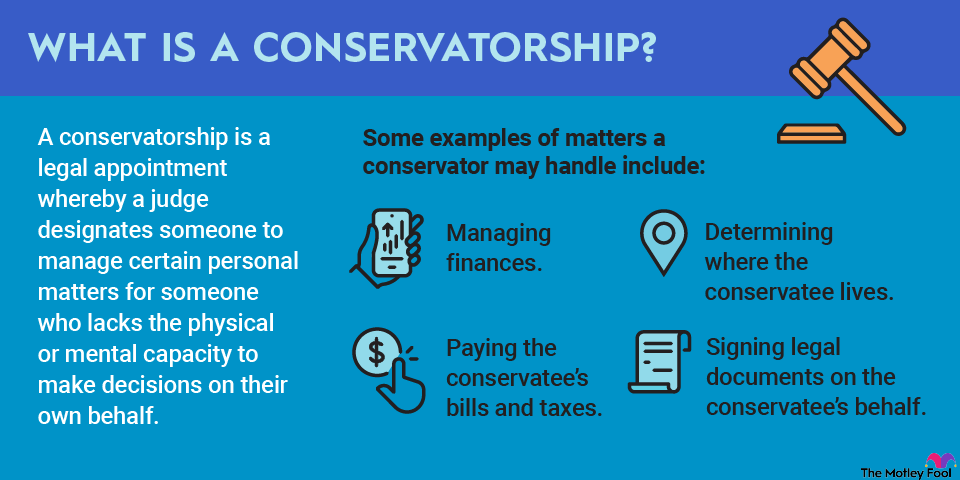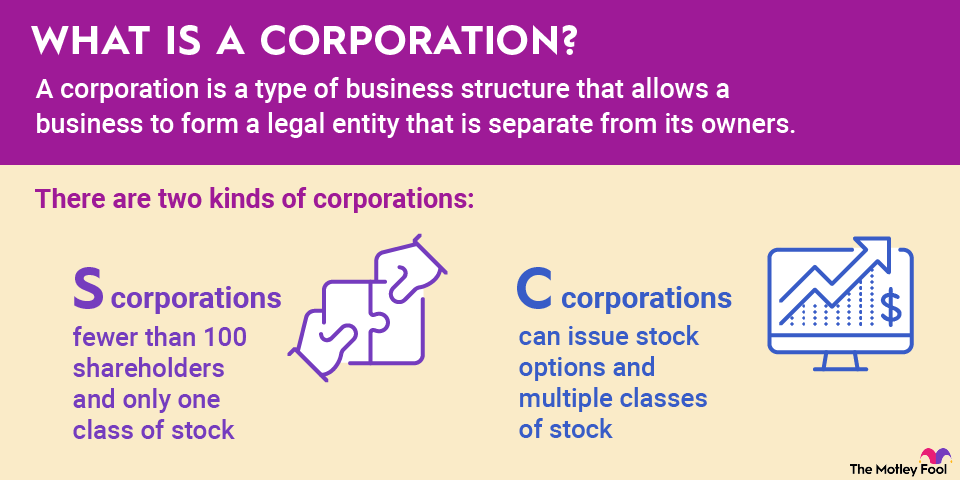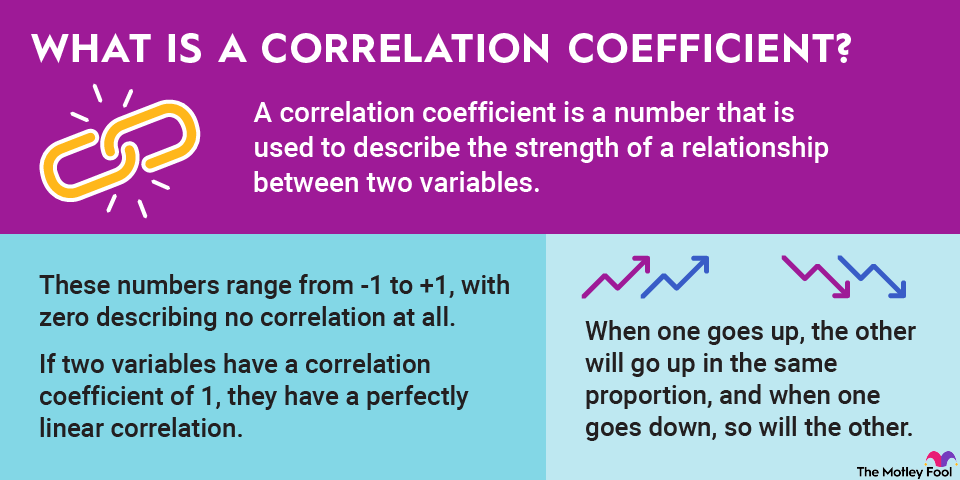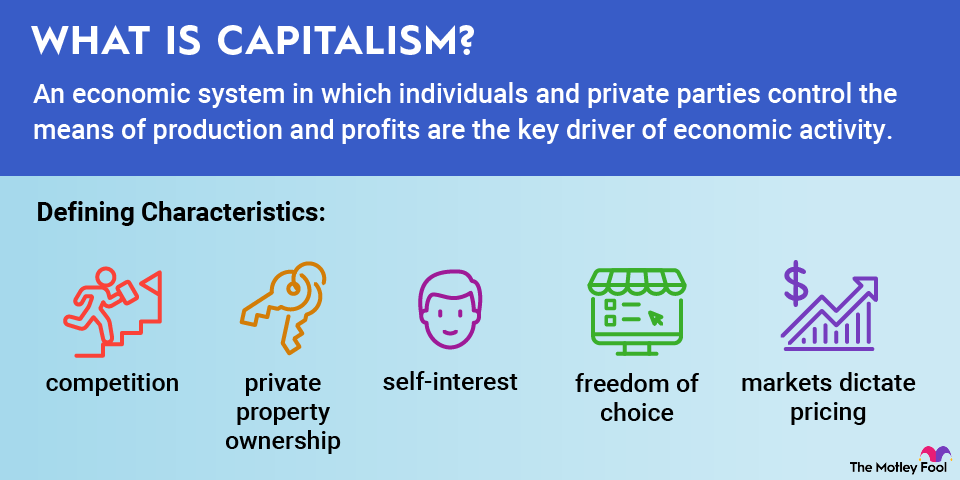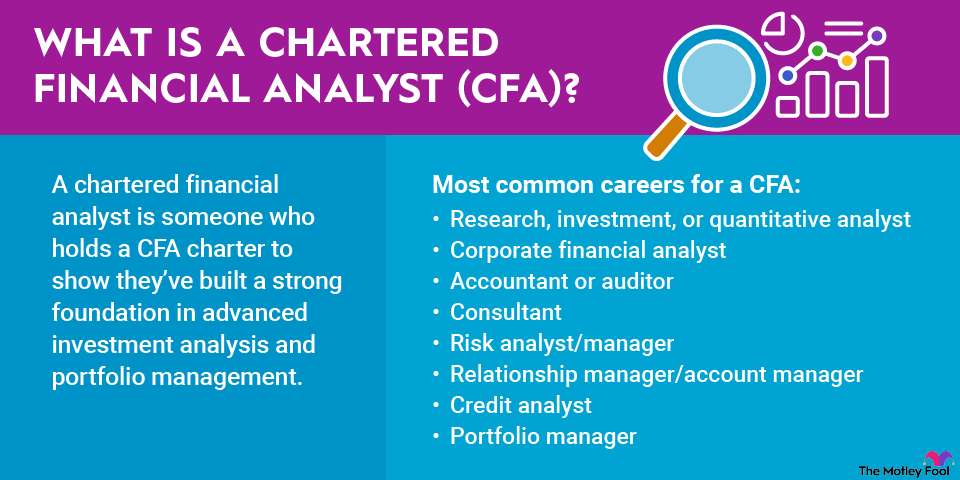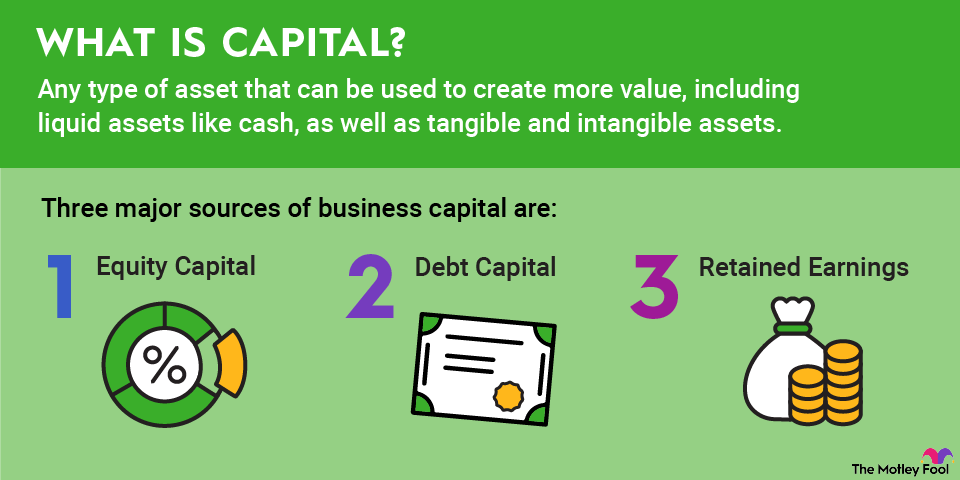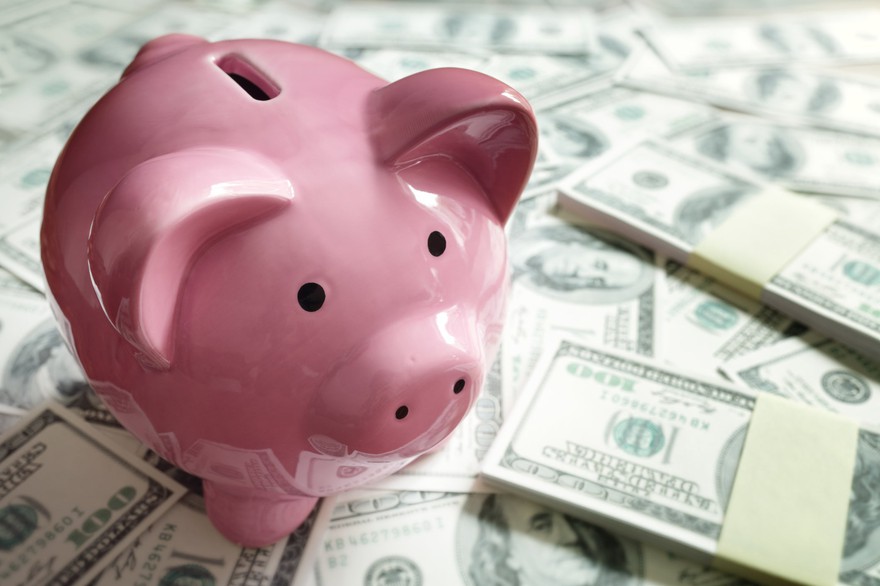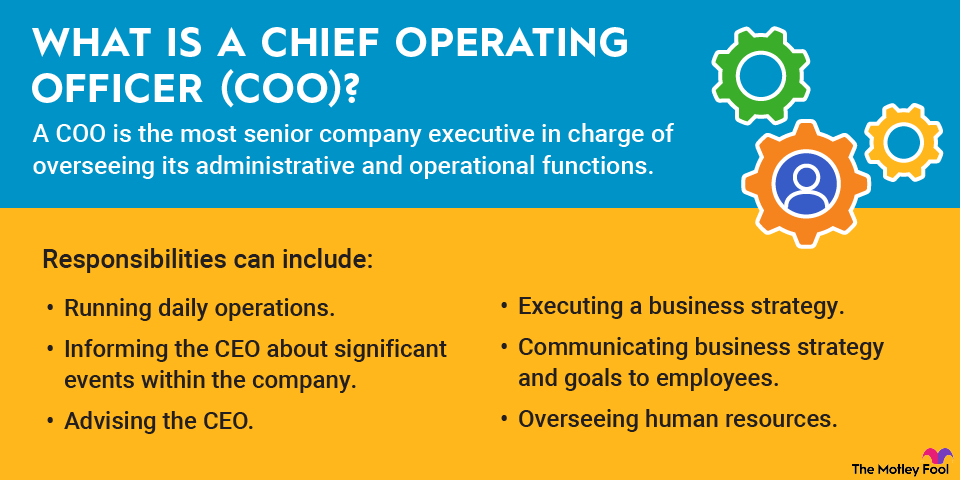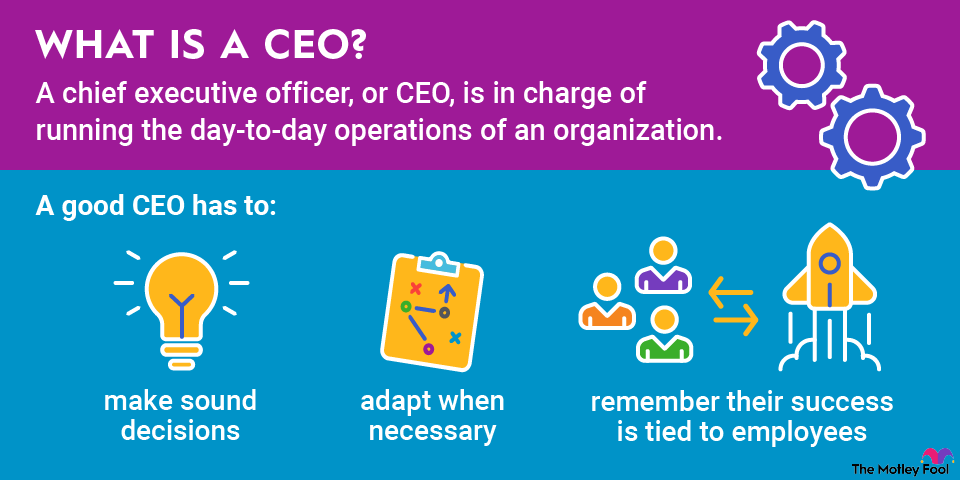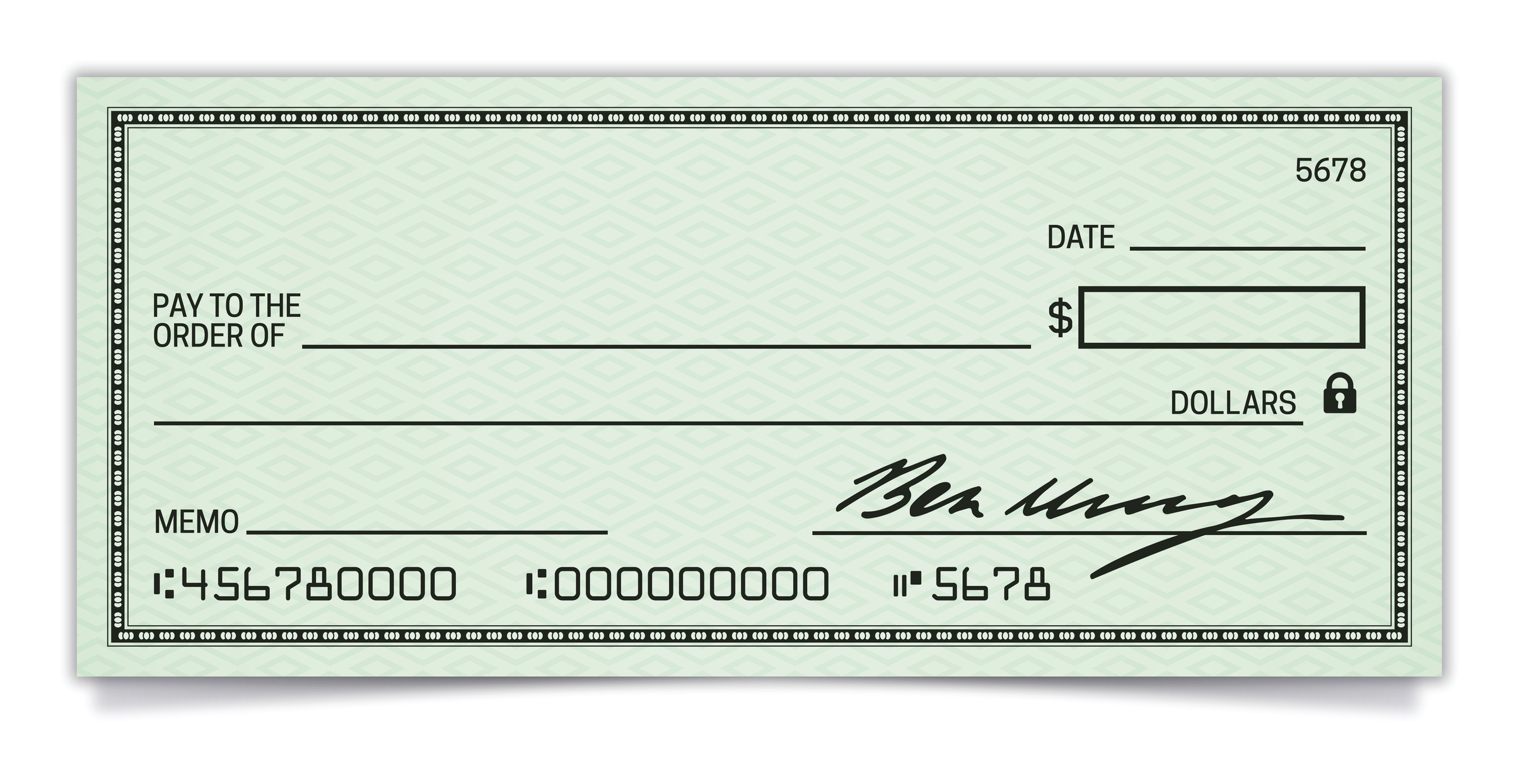Cost of equity = (Annualized dividends per share / Current stock price) + Dividend growth rate
For example, consider a company that currently pays a dividend of $0.30 per share each quarter ($1.20 per share annually) and trades at $30. If this company expects to increase its dividend by 5% per year, then its cost of equity is 9% ($1.20 / $30) + 5% = 9%.
The capital asset pricing model (CAPM) determines cost of equity using the following equation:
Cost of equity = Beta of investment x (Expected market rate of return-Risk-free rate of return) + Risk-free rate of return
The beta in this equation is a measure of how much on average a stock's price moves when the overall stock market gains or loses value. You can calculate beta yourself or use one of many online resources that list companies' betas over various time intervals and compared to various market benchmarks.
The expected market rate of return is the expected return of the overall stock market.
The risk-free rate of return is the lowest rate of return that investors are willing to accept in exchange for not assuming any financial risk -- usually approximated as the yield on three-month U.S. Treasury bills.
For example, consider a company with a beta of 1.3, meaning that its stock price is 30% more volatile than the overall market. If the expected market return is 8% and three-month Treasury bills are yielding 0.05%, then the company's cost of equity using the CAPM model is 1.3 x (8%-0.05%) + 0.05% = 10.4%.
